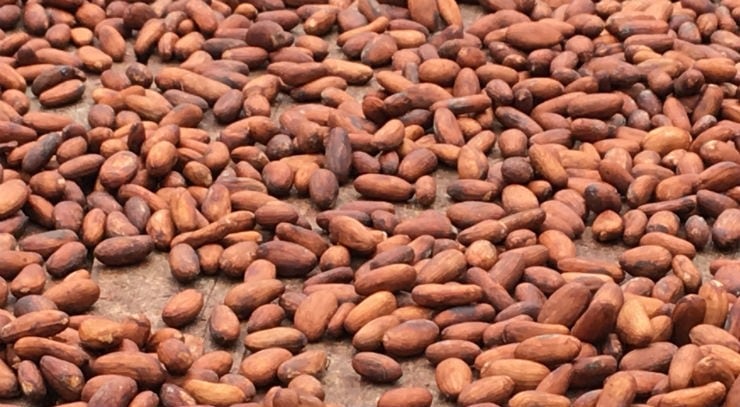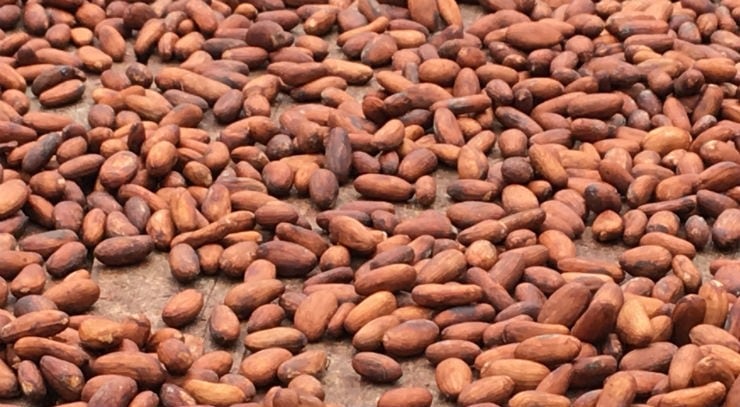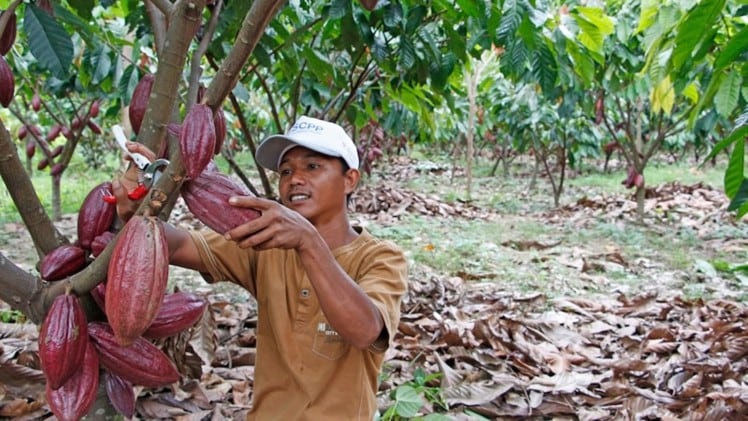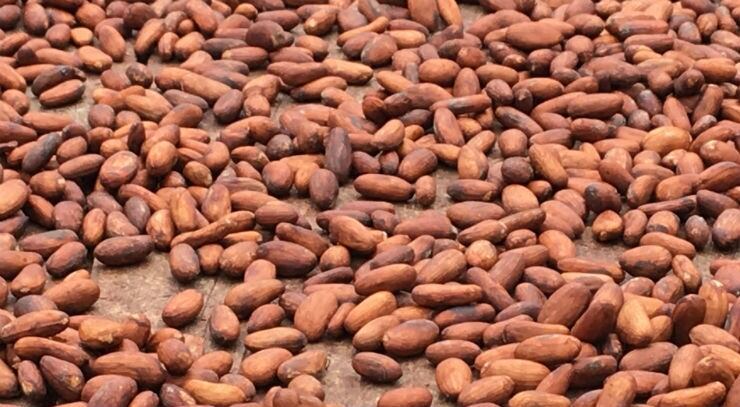The raw material for chocolates, baked goods and ice cream, is down more than 8% in price since the start of 2021, totally missing the inflation boat that has buoyed countless commodities from soybeans to copper and lumber, reports investing.com.
The COVID-19 pandemic has reduced the global demand for chocolates and related treats, and cocoa has struggled to recover due to over supply from Cote d’Ivoire and Ghana, the world’s biggest producers of the crop.
In its latest Cocoa Market Report (April 2021) The International Cocoa Organization (ICCO) said the outlook in North America was more optimistic as cocoa futures prices increased by 3% from US$2,386 to US$2,459 per tonne on at the end of April after increased grindings data posted for North America by the National Confectioners Association (NCA) showed a 2.05% increase from 115,591 tonnes to 117,956 tonnes of cocoa beans ground.
The same trend applied to Southeast Asia after the Cocoa Association of Asia (CAA) also reported regional increase in grindings - of 3.14% from 207,356 tonnes to 213,858 tonnes
In Europe, the London futures market registered a four-month low, as the front-month contract dropped by 8% to US$2,171 per tonne. At the time, market participants were anticipating weaker year-on-year grindings for the first quarter of 2021.
In addition, massive supplies of cocoa beans were reported in Cote d’Ivoire and Ghana. However, on the last trading day of the month under review, as market participants revised upward their forecasts for the crop size of Cote d’Ivoire for the current cocoa year, prices fell by 4% to US2,181 per tonne, the ICCO said in its report.
The European Cocoa Association (ECA) has published data indicating a year-on-year decrease of 3% from 368,934 tonnes to 357,815 tonnes in grindings.
On the New York market, the gain in cocoa prices wore off during the last day of the month (April) in reaction to favourable meteorological conditions for the mid-crop in West Africa.
Supply glut
The current supply glut in the global cocoa market has progressively reduced the LID differential and therefore, the opportunity to hold Ivorian beans – notwithstanding the LID – and Cameroonian beans, which are a close substitute for the former origin.
As a result, owners of Cameroonian and Ivorian beans started to certify their stocks of cocoa beans according to exchange standards to be potentially used as collateral in trade financing and/or delivered against futures contracts, the ICCO stated
In its April report, the ICCO said that since the start of the 2020-21 cocoa season, cumulative arrivals of cocoa beans in Cote d’Ivoire are higher year-on-year. Additionally, the country’s regulatory body, Conseil Café Cacao (CCC), announced that its cocoa production for the 2020-21 season is expected at 2.225 million tonnes.
As at 16 May 2021, cumulative arrivals at Ivorian ports were established at 1.916 million tonnes, up by 7% compared to 1.790 million tonnes recorded a year earlier.
In Ghana, purchases of graded and sealed cocoa since October 2021 were reported at 849,266 tonnes by 29 April 2021; corresponding to a 19.6% increase year-on-year.
COVID-19 restrictions
Investing.com said some researchers say the situation will get better for cocoa with the full imminent reopening of New York City after COVID-19 restrictions are lifted to be followed by other major destinations and capitals of the world that readmit tourism and leisure - the two catalysts for the consumption of luxury items such as chocolates.
“What no one is sure of though is how long it would be before those things make a meaningful difference to cocoa demand, and how high bean prices could go at that point.”
Commodity specialists Rabobank has also speculated on its cocoa outlook for the second quarter:
“In our opinion, risks are skewed to the upside, with global demand likely to continue to recover and even increase while production for 2021-22 remains unclear, with potential for lower output than initially expected.
“Speculators also have the capacity to build a sizable long position in the coming months, which could catch out short sellers and industry participants with limited forward cover.”




